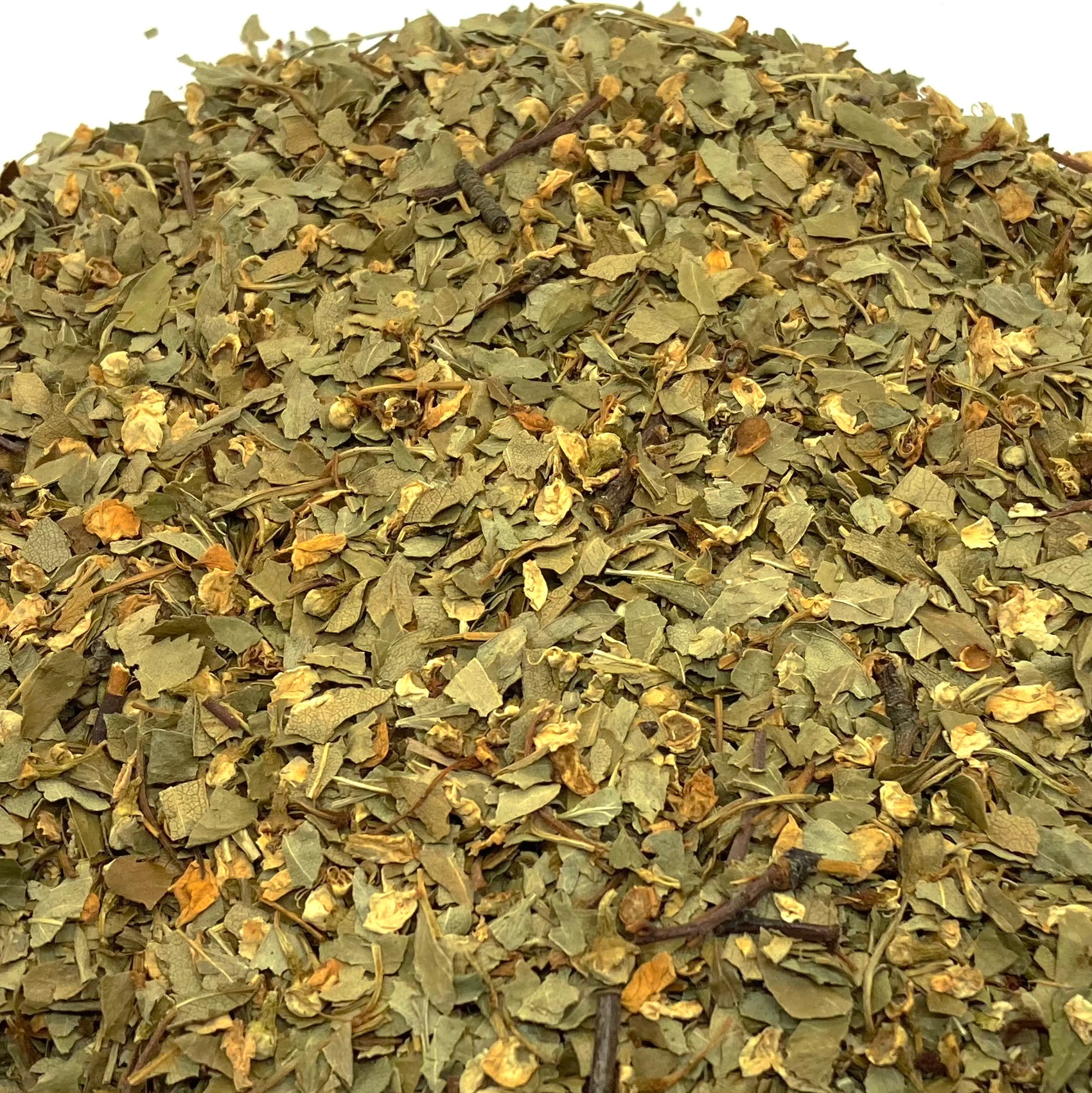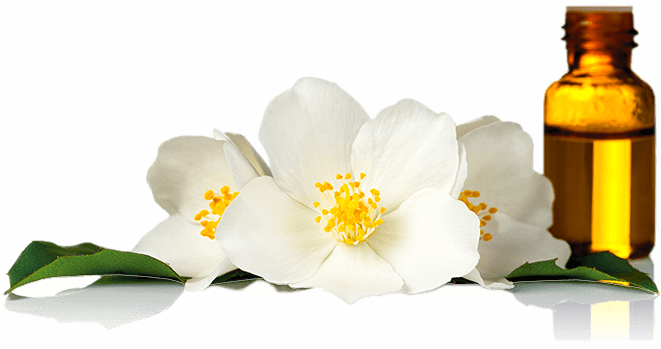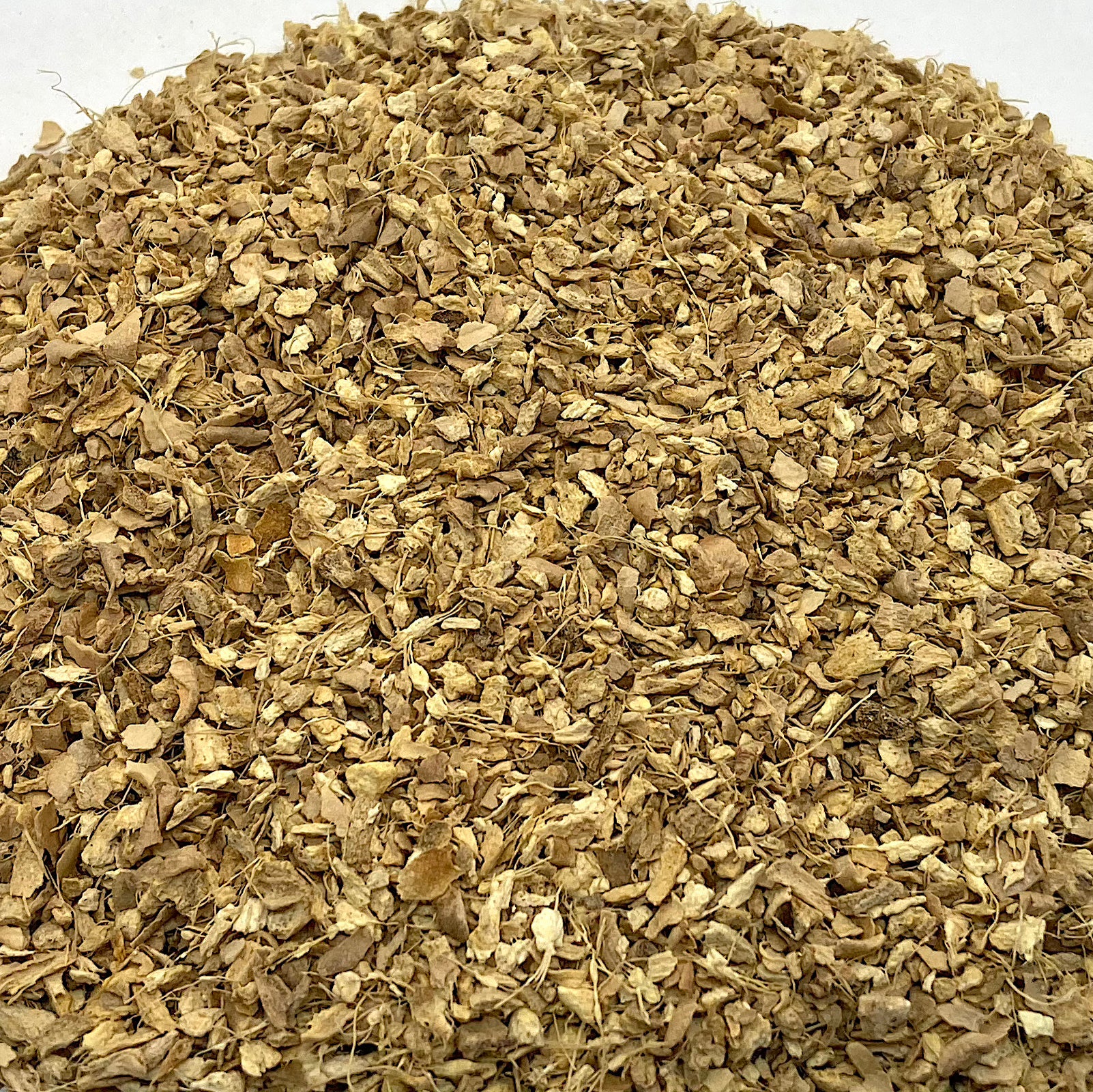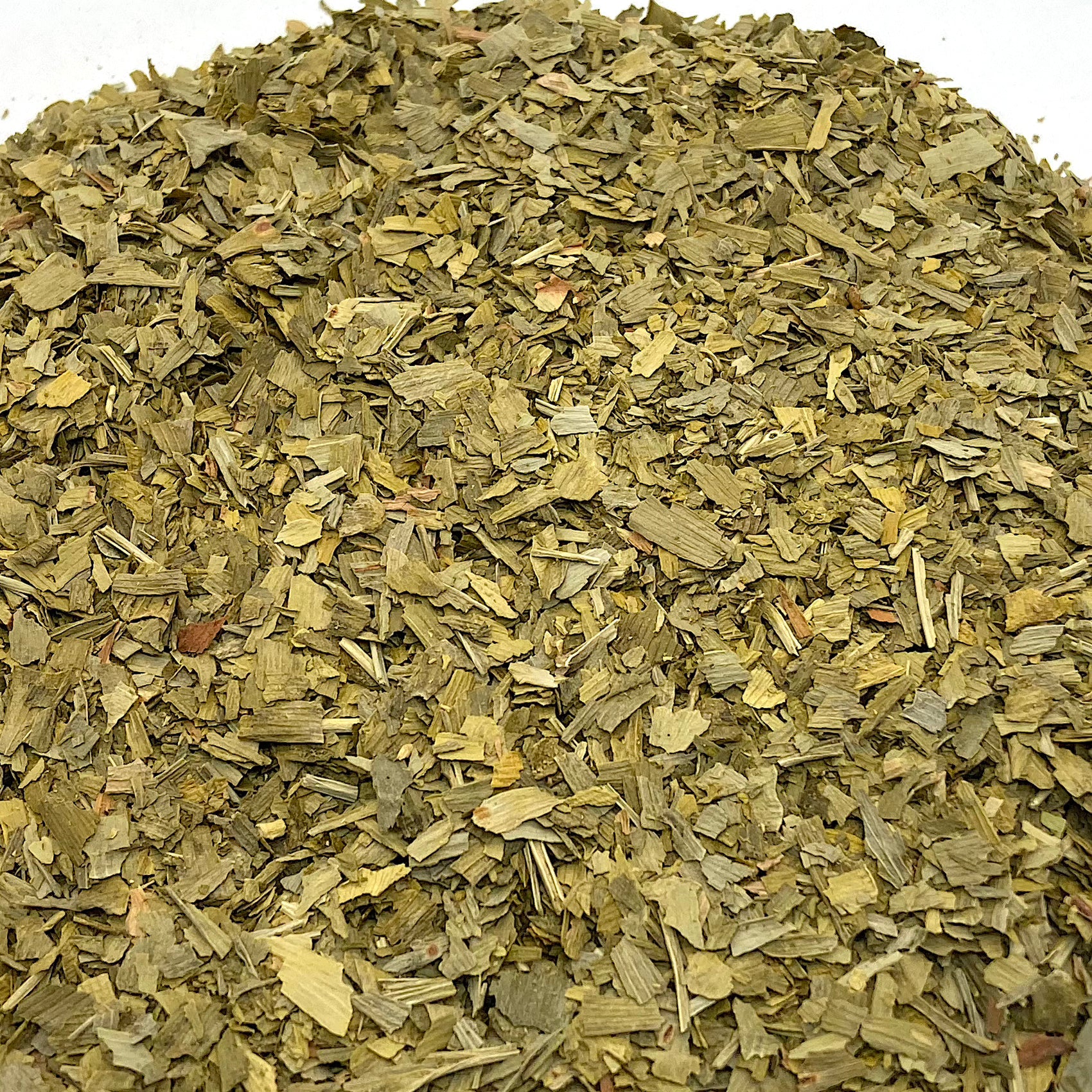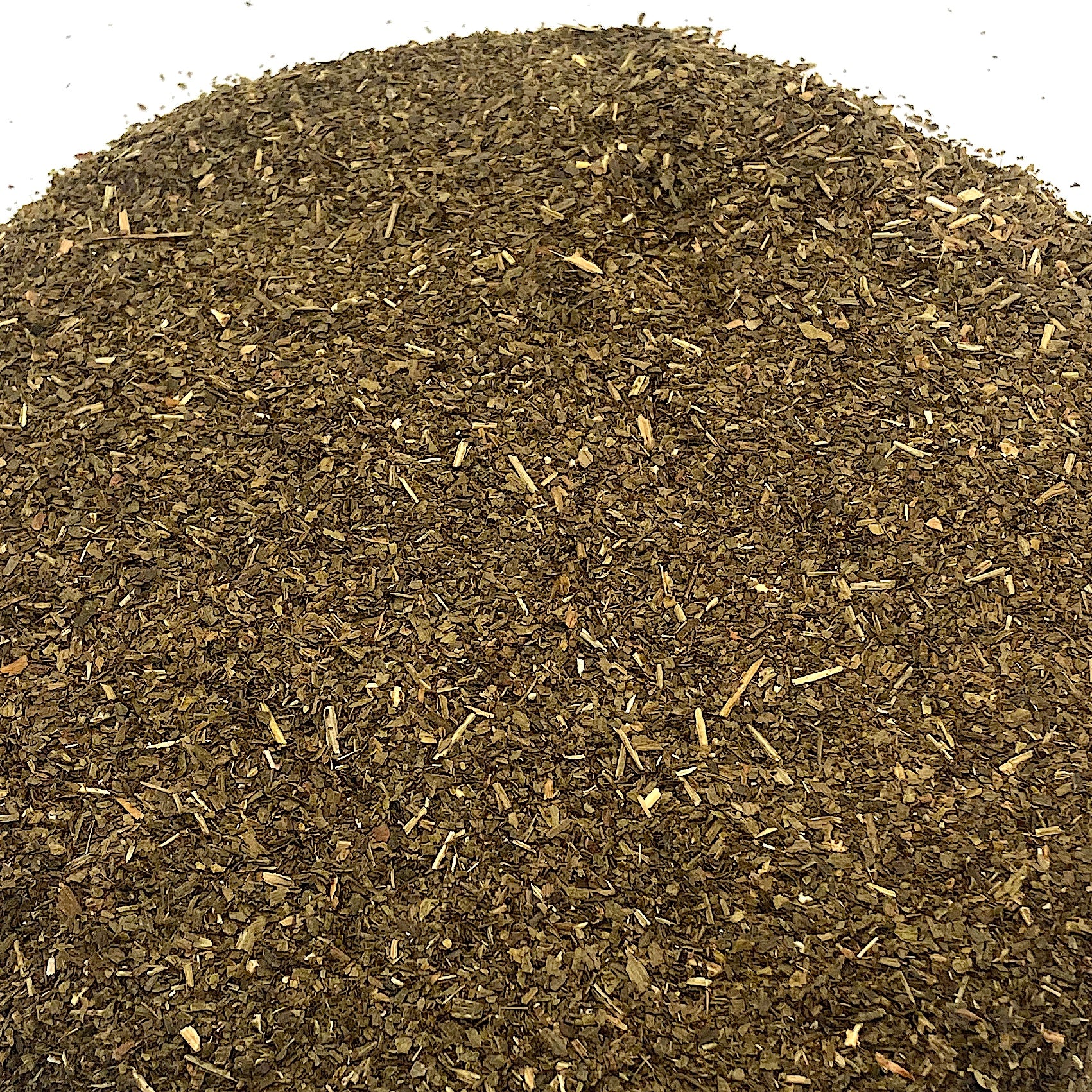Description
BULGARIA. Hawthorn (Crataegus spp.) Flowers and Leaves, Certified Organic
Common names: Aubepine, Biancospino, Hagthorn, Hawberry, Hedgethorn, Ladies’ Meat, Gazels, Maybush, Nigra, Pentagyna, Bansangali, Boumkheri, May Tree, May Blossom, Meidom, Quick, Whitethorn, Bread and Cheese Tree, Oxycanthus, Shan Zha
Family: Rosaceae
There are many Hawthorn species, growing in many parts of the world. Crataegus oxycantha, the name herbalists generally use for “common Hawthorn,” is currently rejected by botanists as ambiguous, and the favored name is now Crataegus monogyna. It is a thorny shrub or small tree native to Europe, northwest Africa, and western Asia.
One Hawthorn tree in northwestern France is believed to be the oldest tree in that country, planted in the 3rd century; another famous specimen in Norfolk County, England, is thought to be more than 700 years old. Legend connects the plant with the Crown of Thorns. The petals, leaves, and berries of the Hawthorn are all edible and also widely used in herbal medicine.
Tradition and modern research emphasize the benefits of Hawthorn as a tonic, adaptogenic, and restorative remedy for the heart and cardiovascular system. It normalizes heart function, and can either stimulate or depress heart activity, depending on the need.
Hawthorn is often prescribed as a long-term treatment, for a minimum of two months, to help in heart failure and weakness, palpitations and arrhythmias, valvular insufficiency, high blood pressure, atherosclerosis, angina, recovery from strokes or frostbite, and varicose veins. It contains antioxidant and anti-inflammatory phytochemicals, including phenolic acids, proanthocyanidins, and flavonoids, that dilate arteries, improve circulation, reduce blood lipids, and build healthier cartilage and bones. Boosting circulation to the brain may improve memory as well.
Hawthorn is also mildly sedative and antispasmodic and has been used to control pain, improve sleep, and reduce nervousness and stress. This quality may be related in part to other uses such as relieving menstrual and menopausal disorders, and for indigestion and diarrhea.
Hawthorn boosts immunity and counteracts some pathogenic bacteria and parasites. It is astringent and useful in sore throats. It has a diuretic effect and can help with edema and with kidney and bladder stones.
Although the phytochemistry of the leaves and flowering tops is generally similar to the berries, Hawthorn’s cardiovascular benefits are most pronounced with the leaves and flowers, and the berries are used more for gastrointestinal issues such as indigestion, stomach pain, and diarrhea.
*These statements have not been evaluated by the FDA. These products are not intended to diagnose, treat, cure or prevent any disease.

